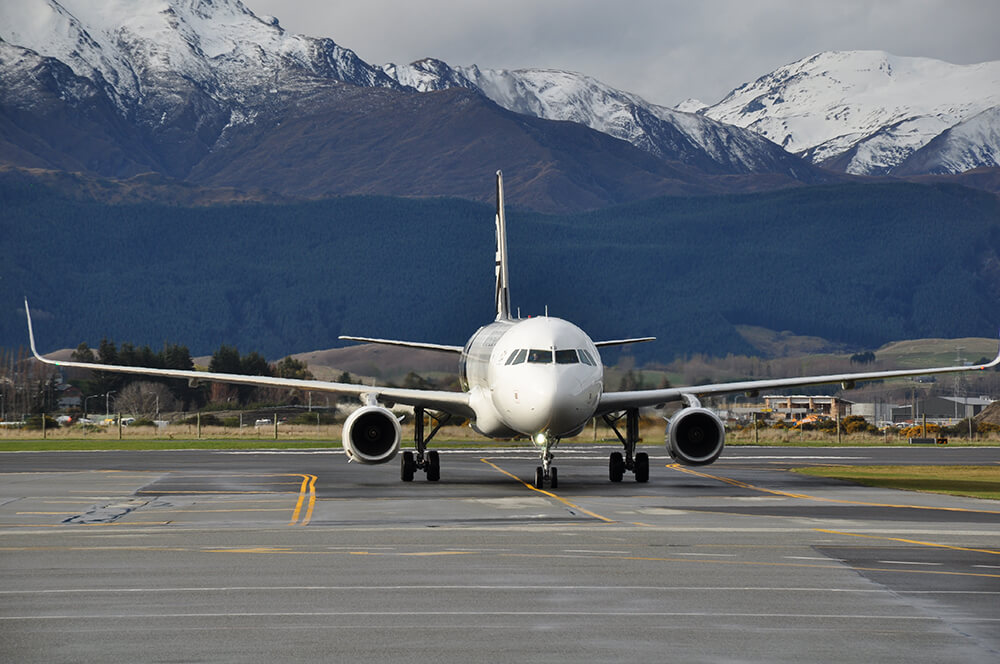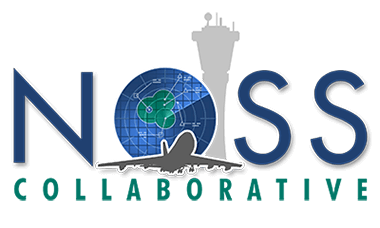Case Studies
Identifying Aerodrome & Airspace Limitations

Issue #1
Identified during NOSS
During several observations in a tower, arriving aircraft were observed to slow significantly (even coming to a complete stop) as they exited the runway via the rapid exit taxiway (see below). Discussions during data verification indicated that controllers were familiar with several instances of aircraft turning on to the wrong taxiway at this intersection, though these events did not appear to have been reported. The impression amongst controllers was that this was a confusing intersection that was contributed to pilot taxi errors and increased runway occupancy (as aircraft were slow to vacate the RET).
Response to findings
Management presented the findings to the Airport Operator, who painted additional markings on the taxiways to more clearly indicate the taxiways.
Issue #2
Identified during NOSS
A single, bi-directional airway was being used for all North-South traffic in a major metropolitan area. To compensate for the lack of built-in lateral separation, off-set procedures were sometimes (but not always) utilized. NOSS observations indicated that the utilization of the off-set procedure significantly increased the controller’s workload by increasing their communication and strip marking responsibilities. Further, mistakes were sometimes made by controllers and pilots in their application of the off-set procedure, thus negating the benefits of the procedural countermeasure.
Response to findings
Management used the NOSS findings along with other information to build a case for the development of parallel, segregated airways to systemically separate northbound and southbound flights. The comprehensive case presented by management convinced the military (who owned the adjoining airspace) to provide enough space for the development of parallel, segregated routes. A follow-up NOSS showed this portion of the airspace to be considerably less complex.

